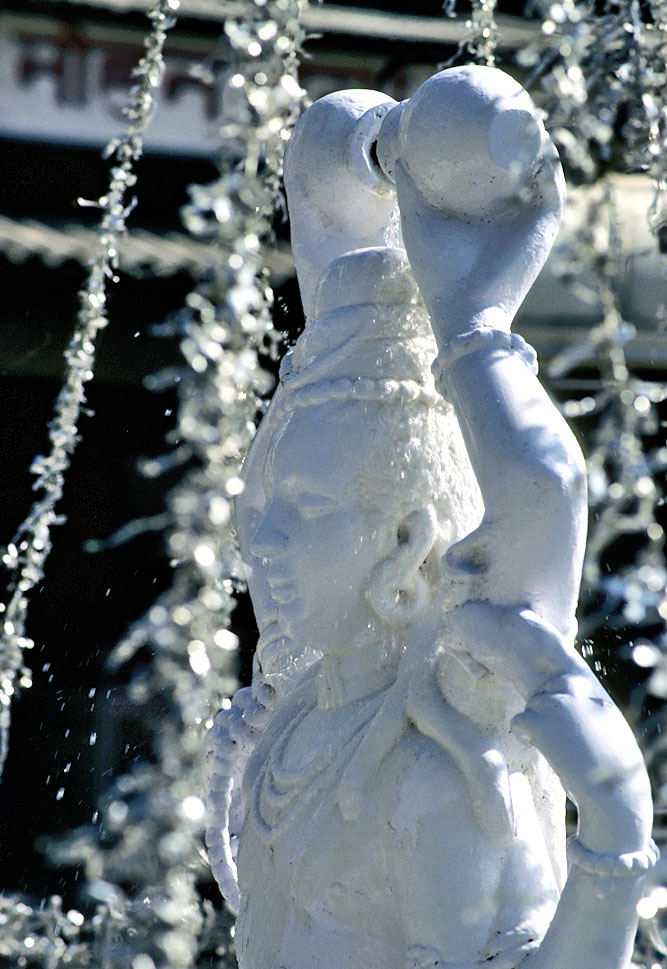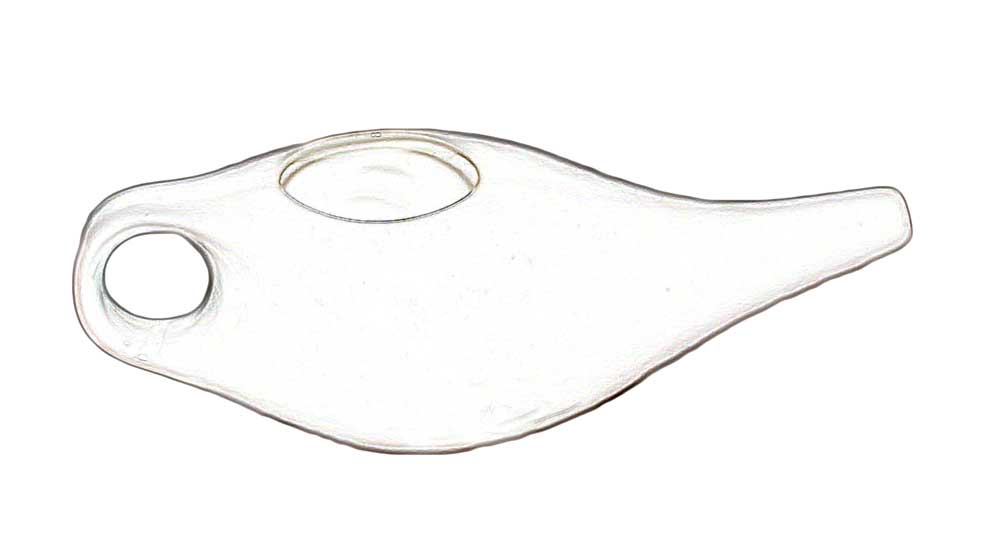“Congratulations on your fine book! I have given it a read and can recommend it highly… Your book looks excellent!” — Charles Taliaferro, Department of Philosophy, (Chair, 2013-2019), St. Olaf College
“A practical debut introduction to meditation for beginning and intermediate students… The book includes extensive guides to posture, breathing, and concentration; in the latter case, the author specifically deals with dhāranā, an oft-misunderstood concept of internal focus… Key concepts, such as dhāranā, mantras, and meditation objects, are introduced early and then revisited, which effectively stresses their importance. The book has short, easily accessible chapters, and robust end matter featuring notes, citations, a glossary, and bibliography, which makes the text easy to revisit. Black-and-white photos of other teachers and practitioners add a visual flavor of India and Nepal to the lessons. A helpful resource for overcoming meditation obstacles.” — Kirkus Reviews
Olson packs plenty of fodder for the intermediate meditator into this detailed, expansive guide to the practical and esoteric aspects of sitting meditation, which draws somewhat haphazardly on both Buddhist Shamatha and Raja yoga traditions… Olson successfully bridges the gap between too-basic suggestions for beginners and less grounded, more opaque advanced guidance. When he offers hands-on advice, he distills complex ideas to concrete steps well, as in his discussions of the benefits of a kneeling posture and the use of mantras, his sample breathing exercises, and his analysis of the metaphor of treating passing thoughts as birds flying into the room…
Takeaway: Experienced meditators struggling with plateaus or looking for a comprehensive, detailed consideration of process will savor this hefty guide to building a meditation practice. —Publisher’s Weekly/BookLife
“The Meditation Process” is a valuable addition to the literature previously available about the practice of meditation. It is not meant to be an introduction for the complete “newbie,” but rather a helpful resource for those already introduced to the practice who may have practical questions or who desire a refresher or validation about things they may (or may not) have previously learned. The author has considerable experience himself, and has been exposed to multiple traditions. He draws primarily from two traditions (Raja Yoga and Buddhist Shamatha) which are compatible with each other and which can also inform the basic principles and methods underlying most of the world’s meditative traditions. Drawing on literature and personal instruction from eminently authoritative sources, the author presents practical advice in a clear and readable form. This is a volume deserves a place on the shelf and in the hands of any serious meditator. —Steve Benson









